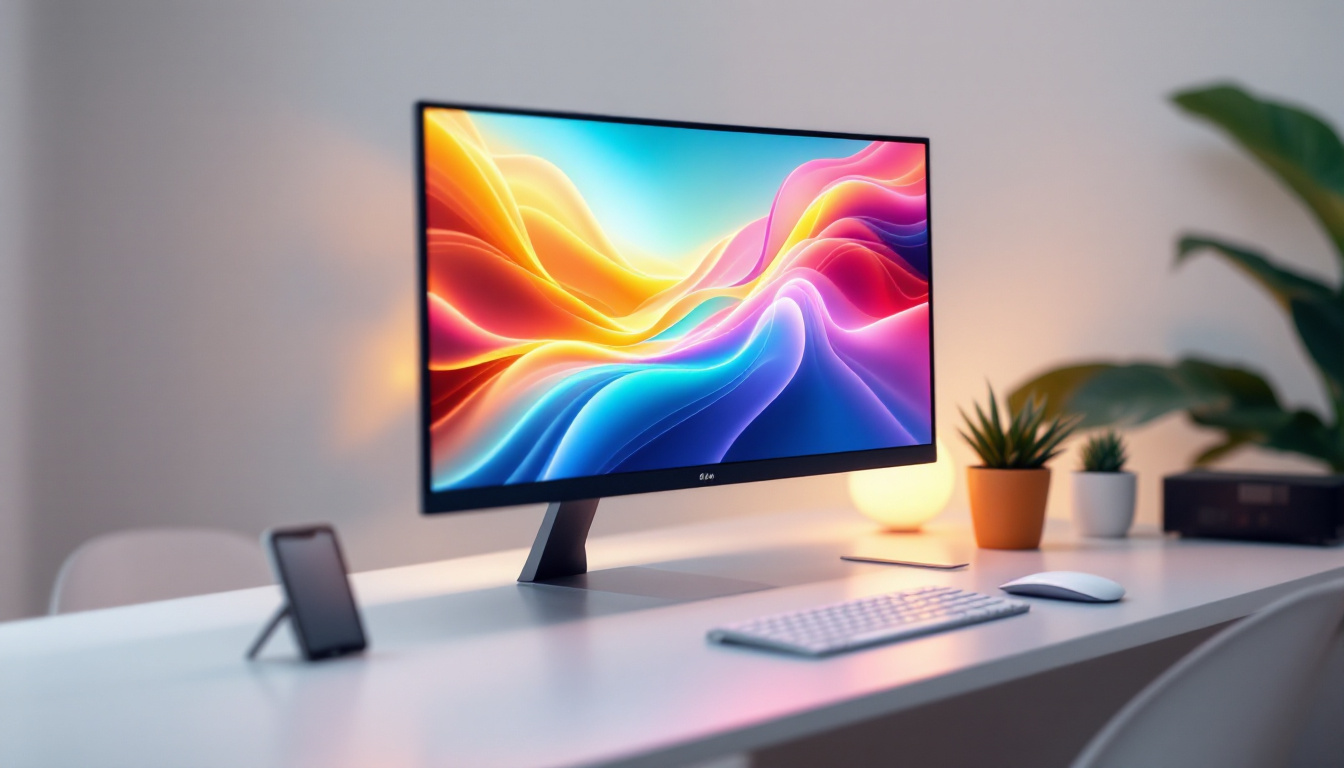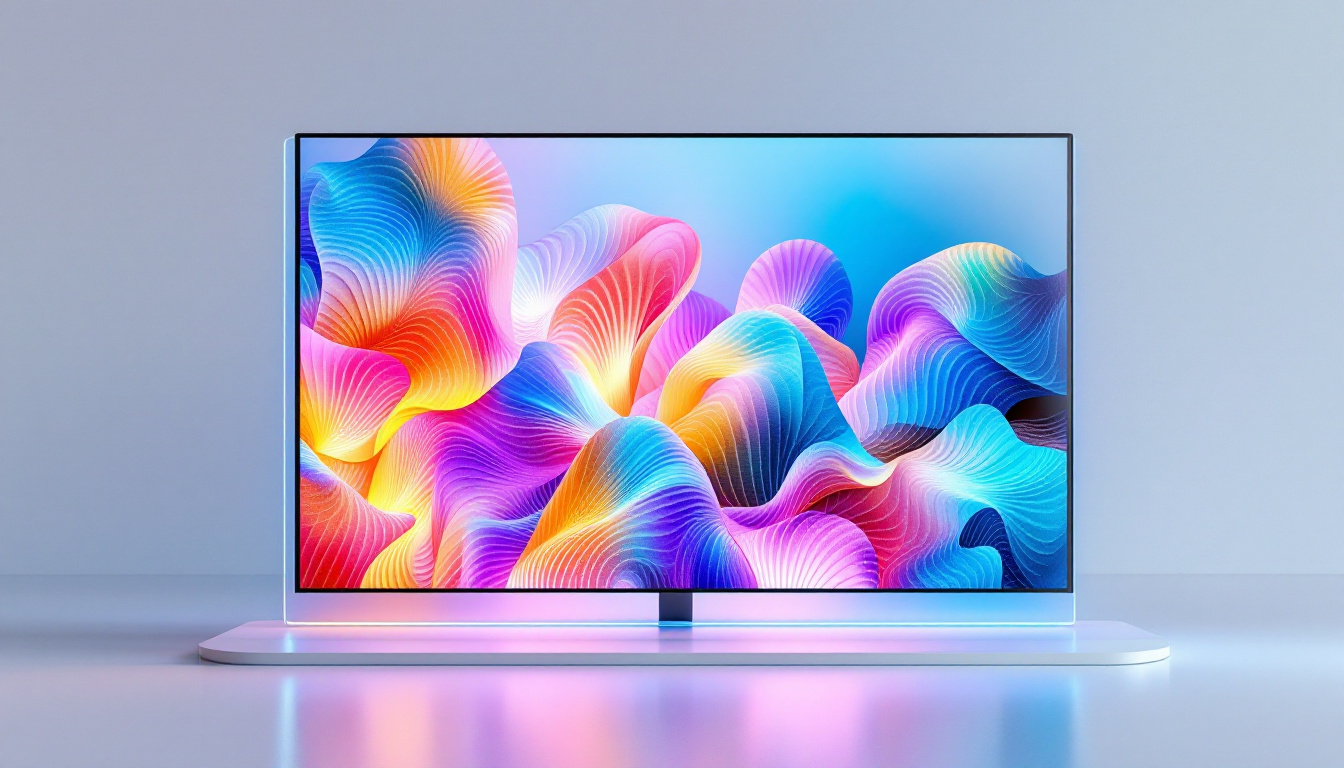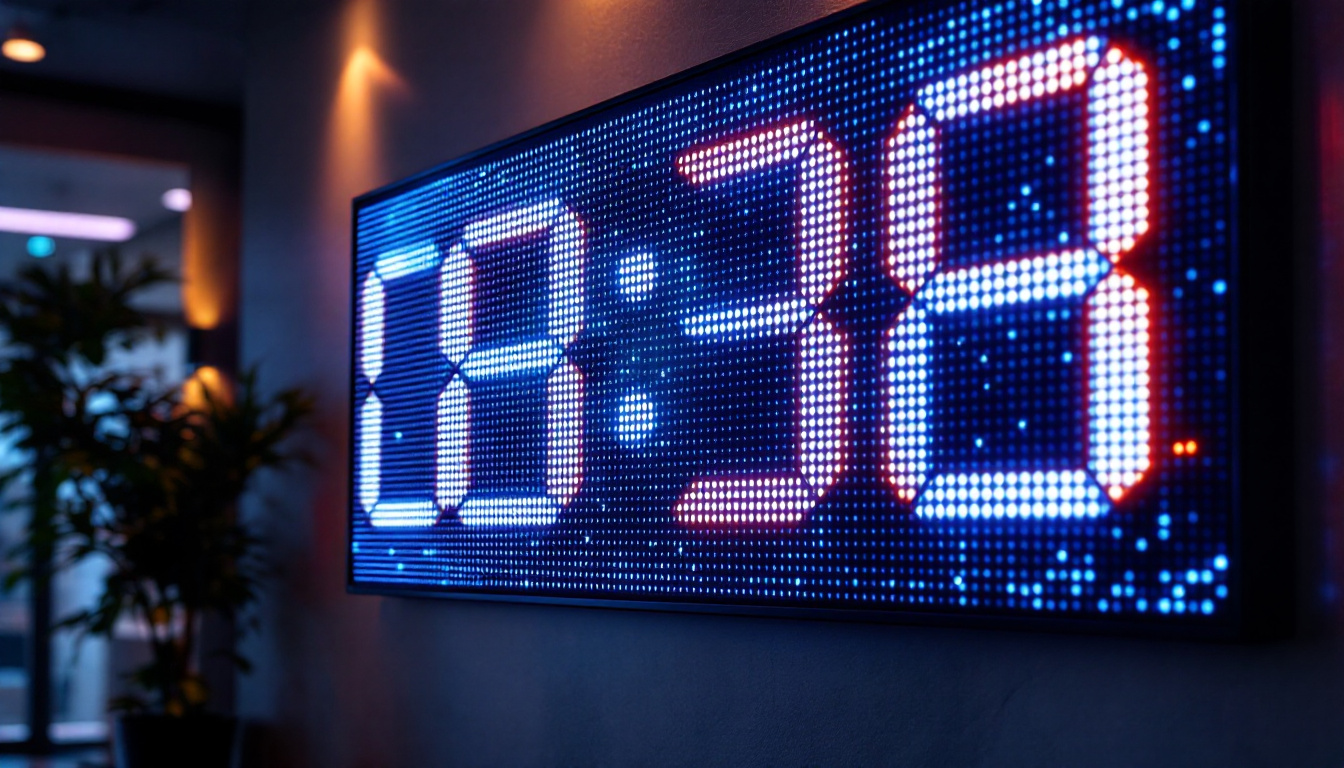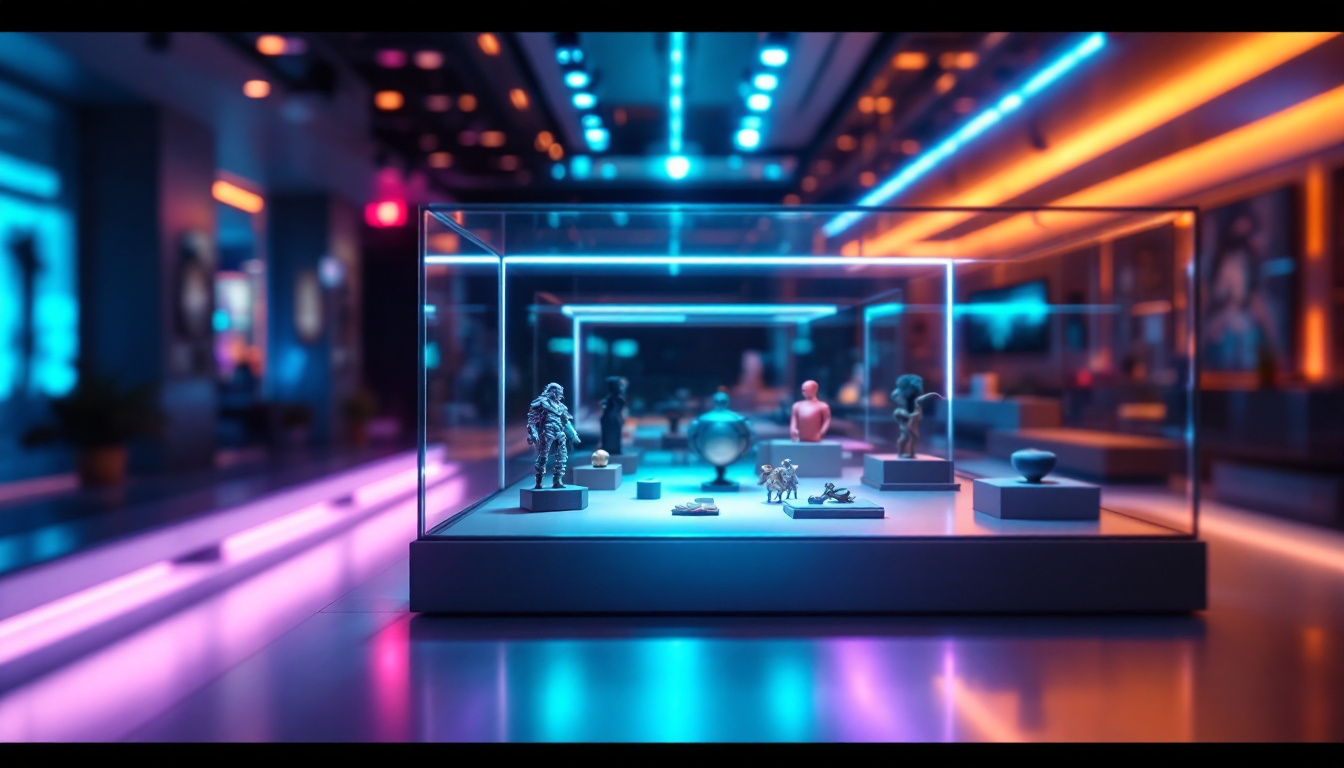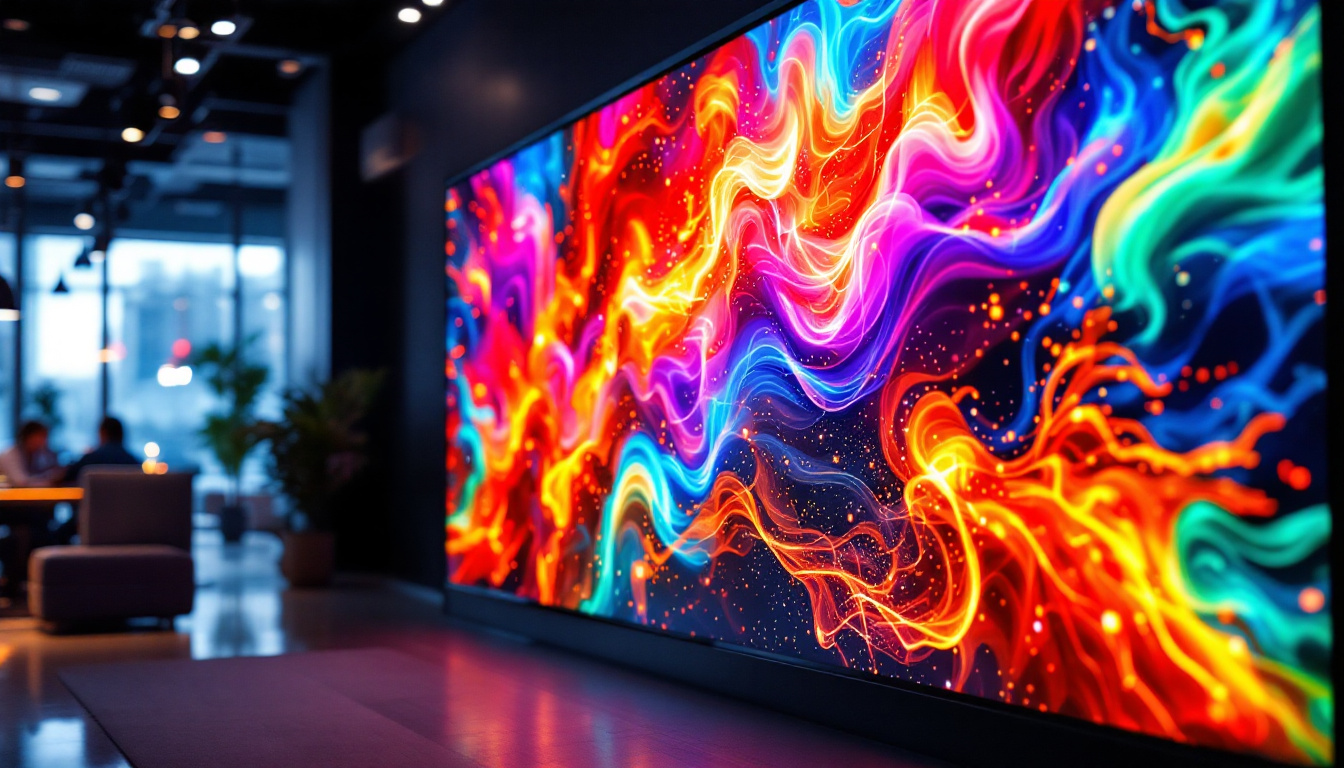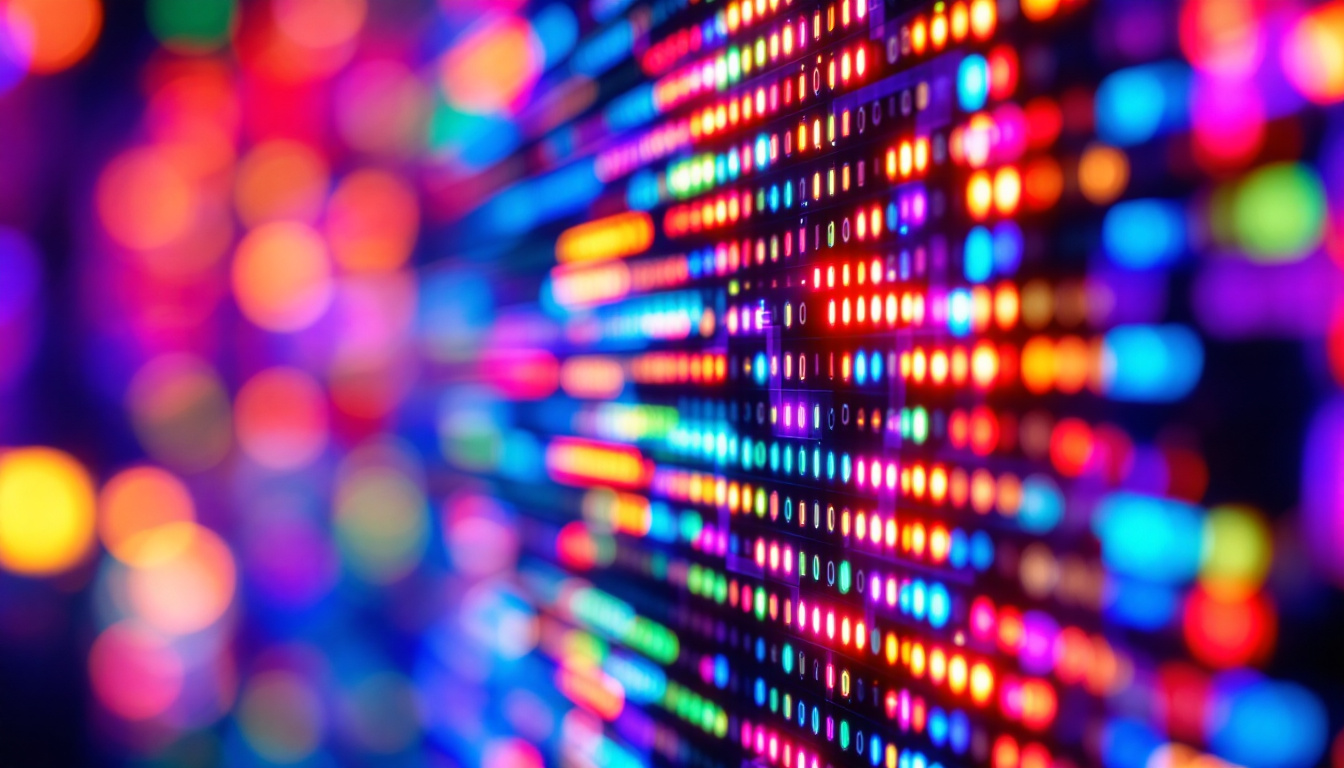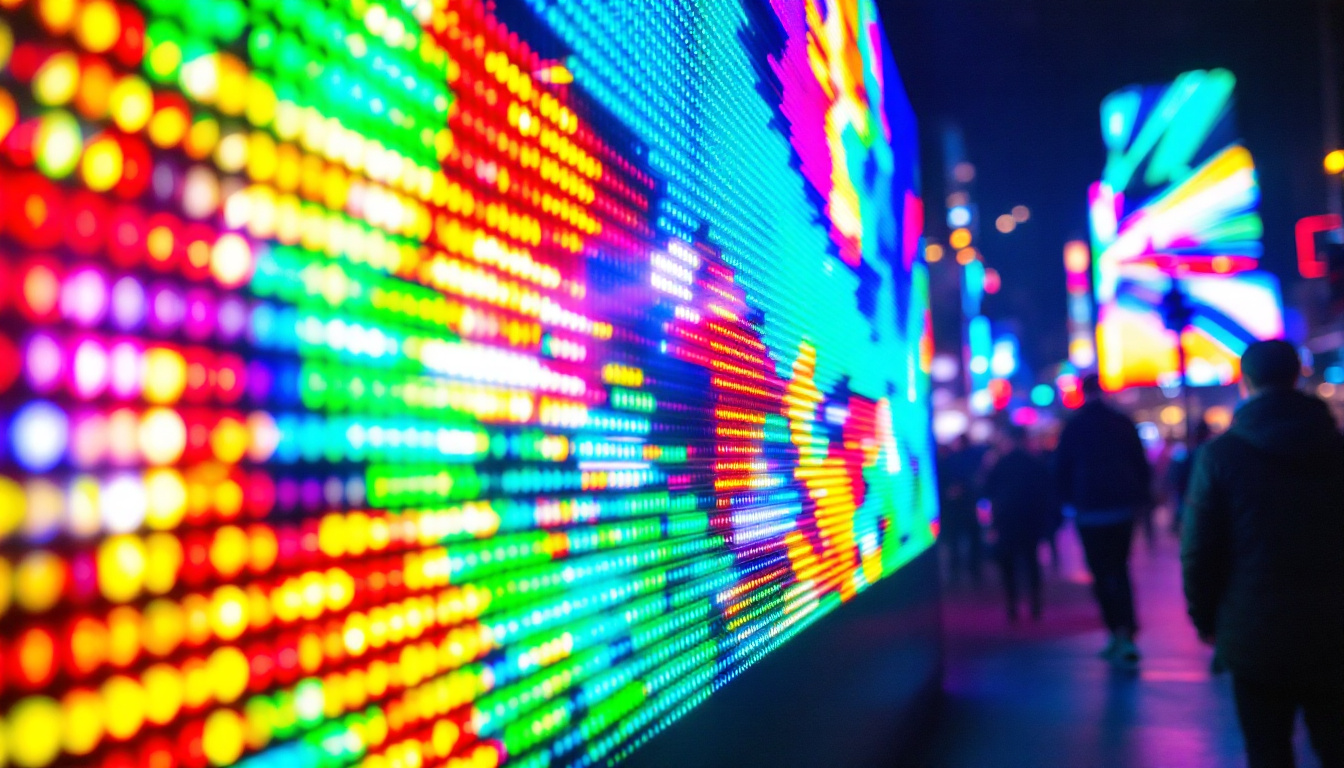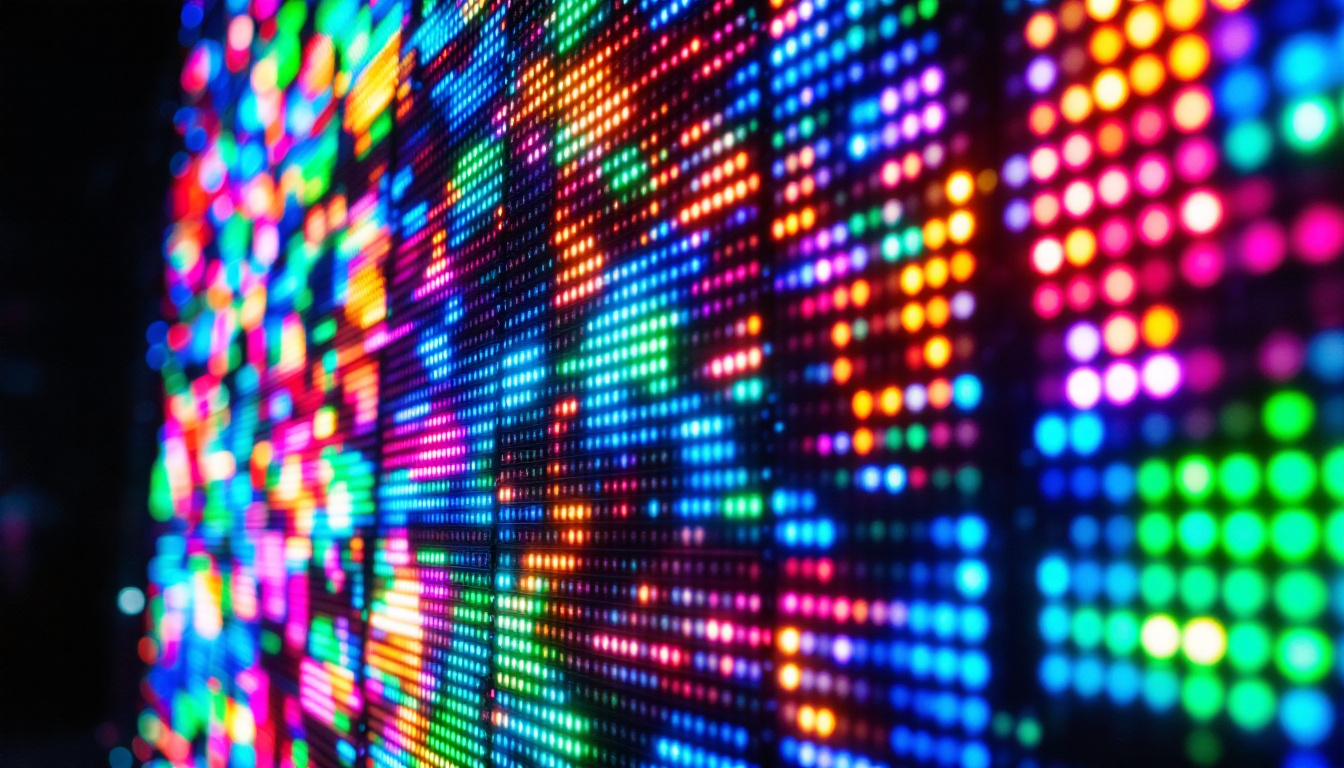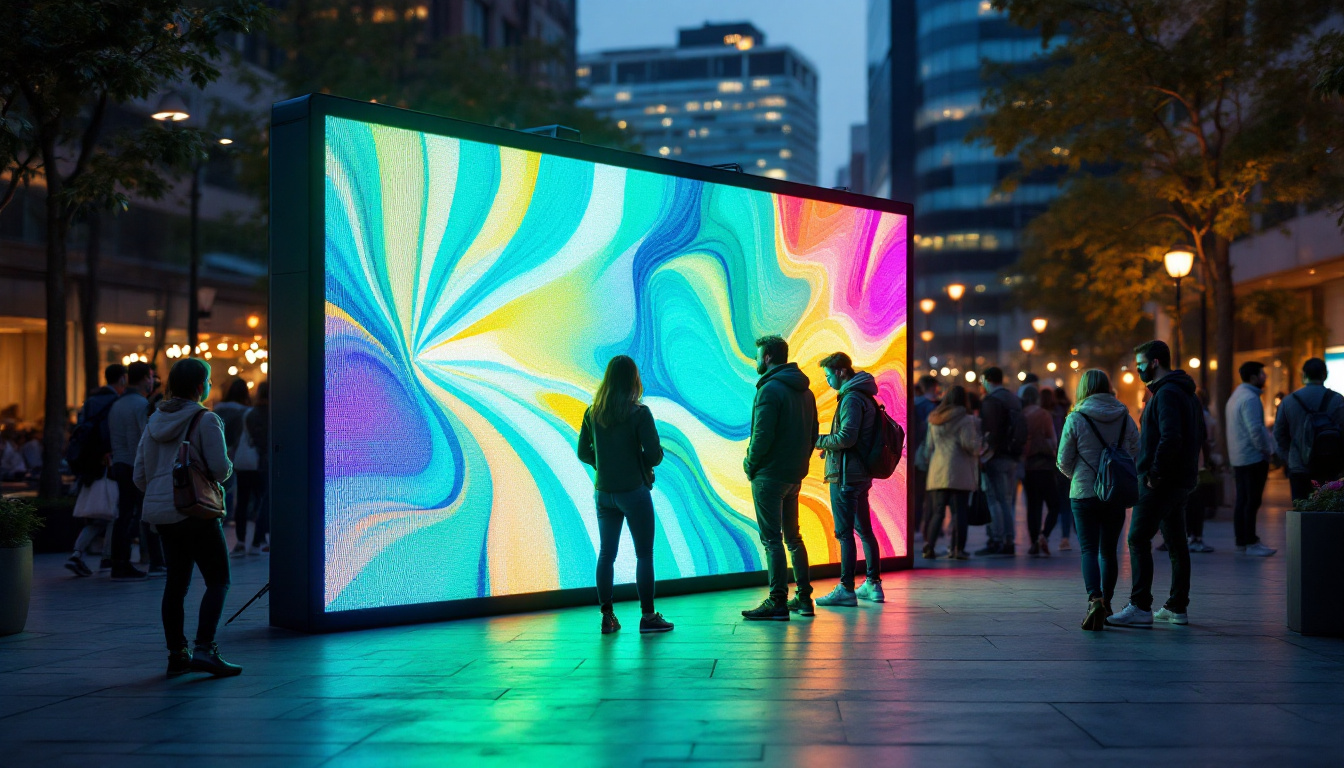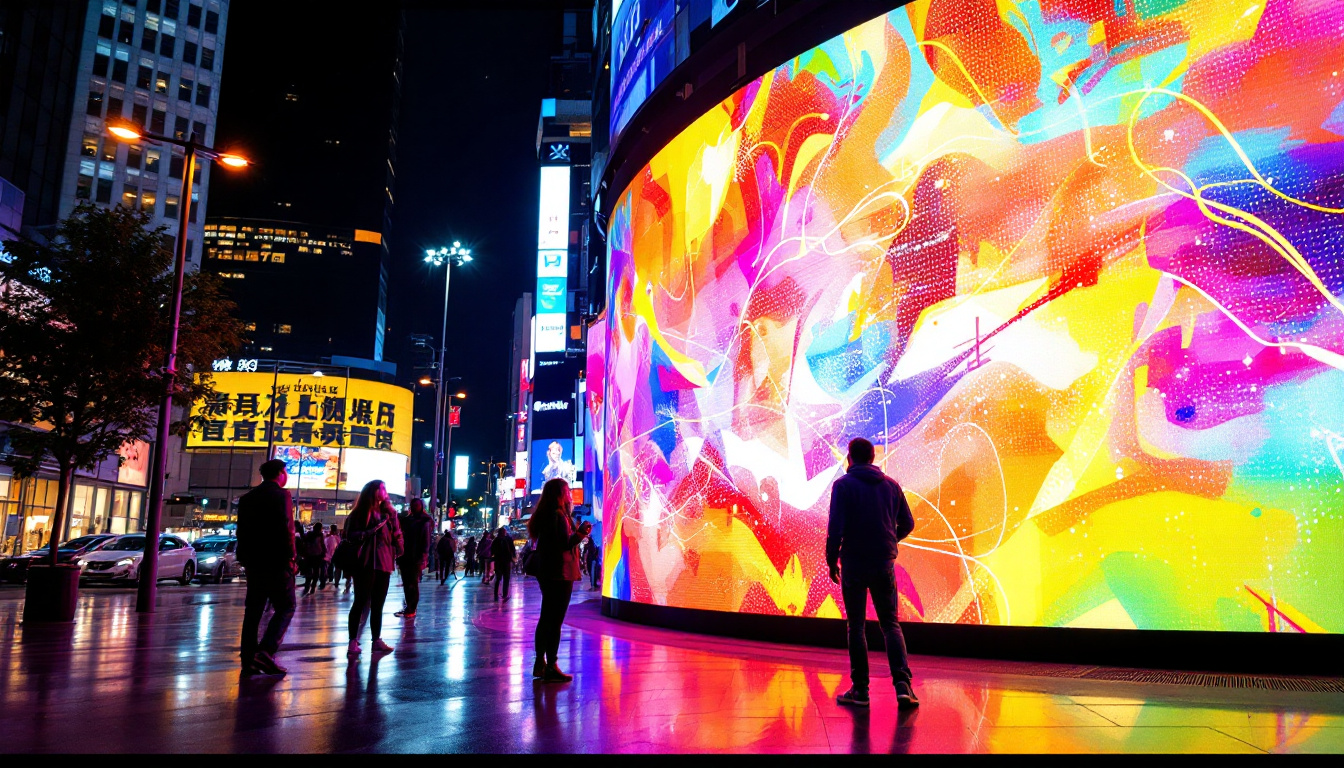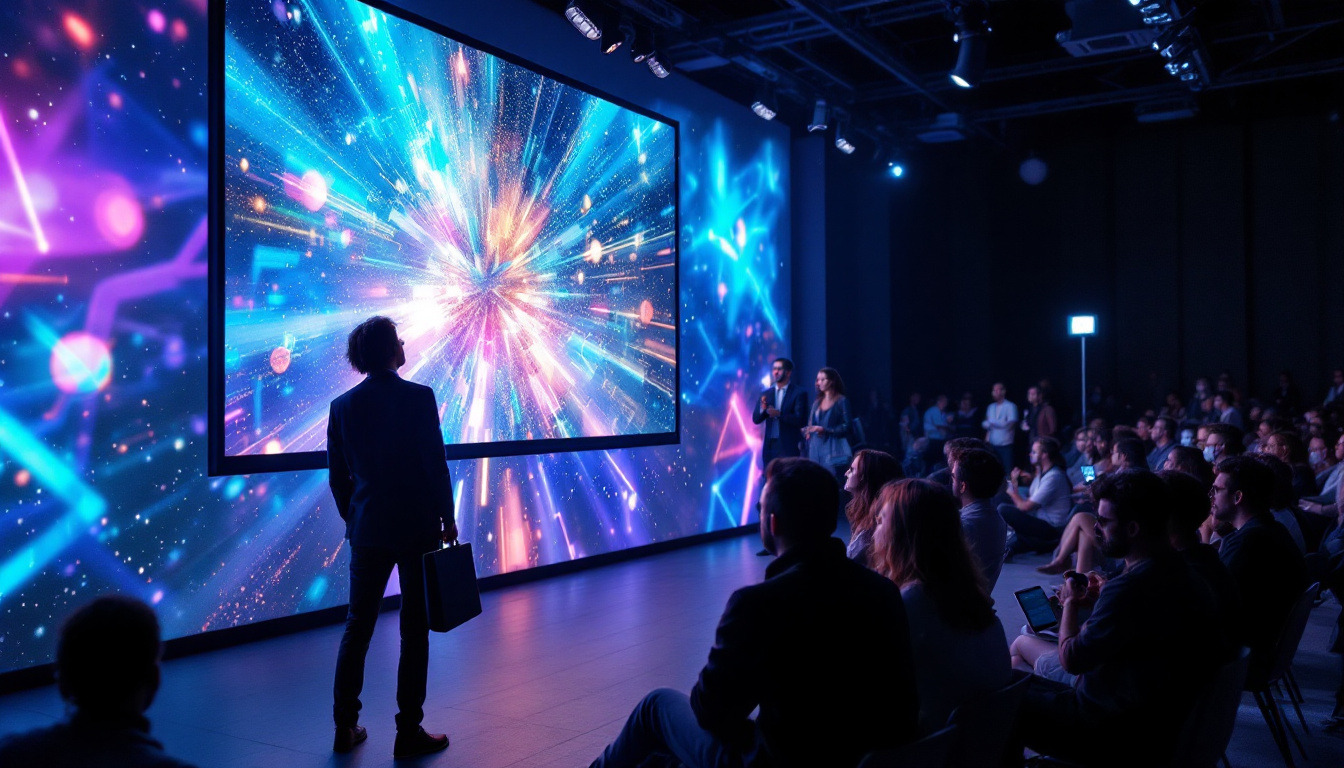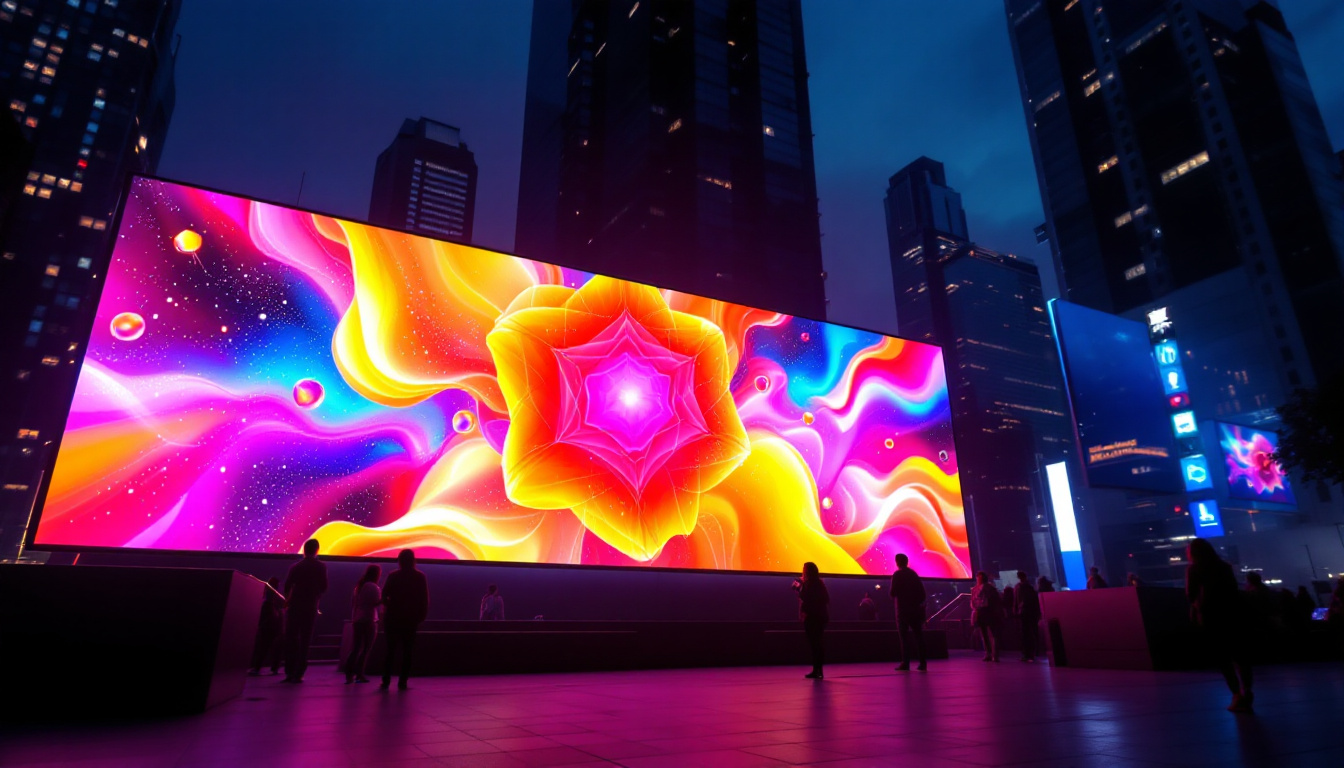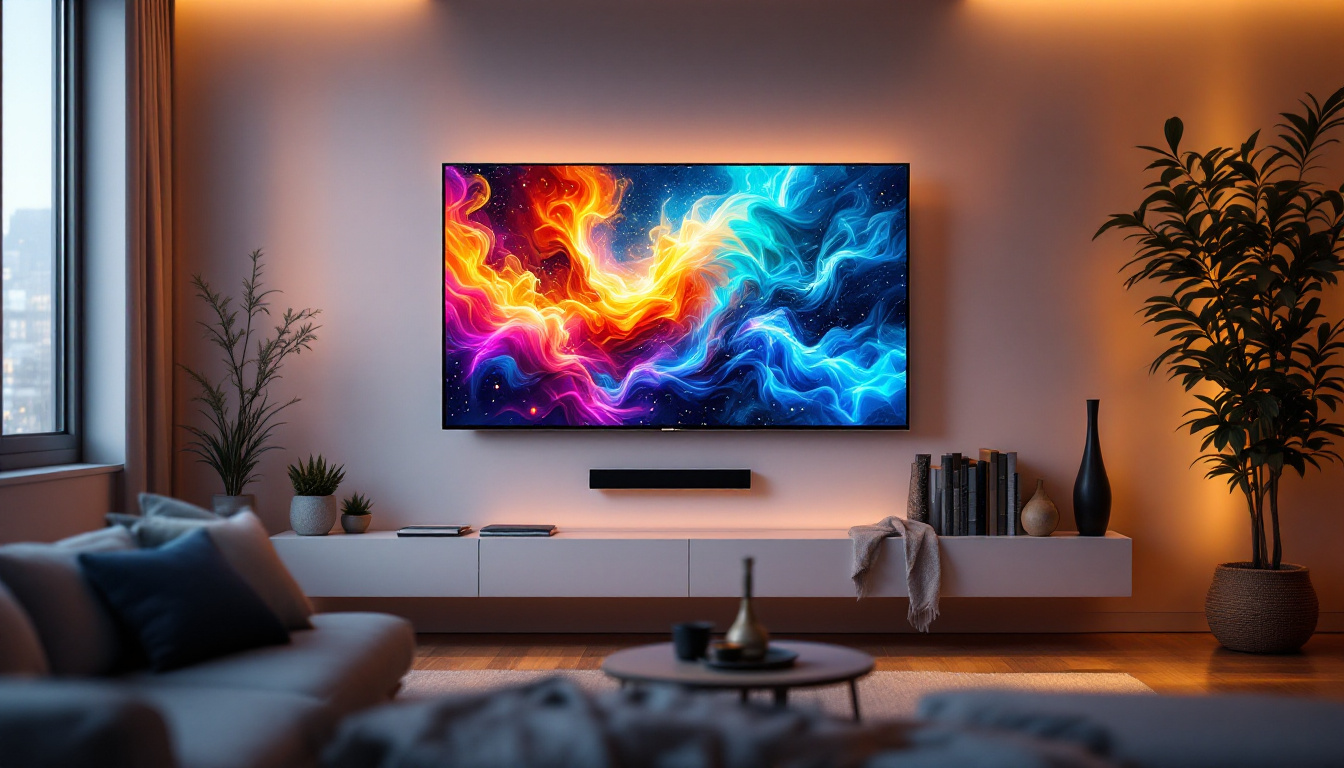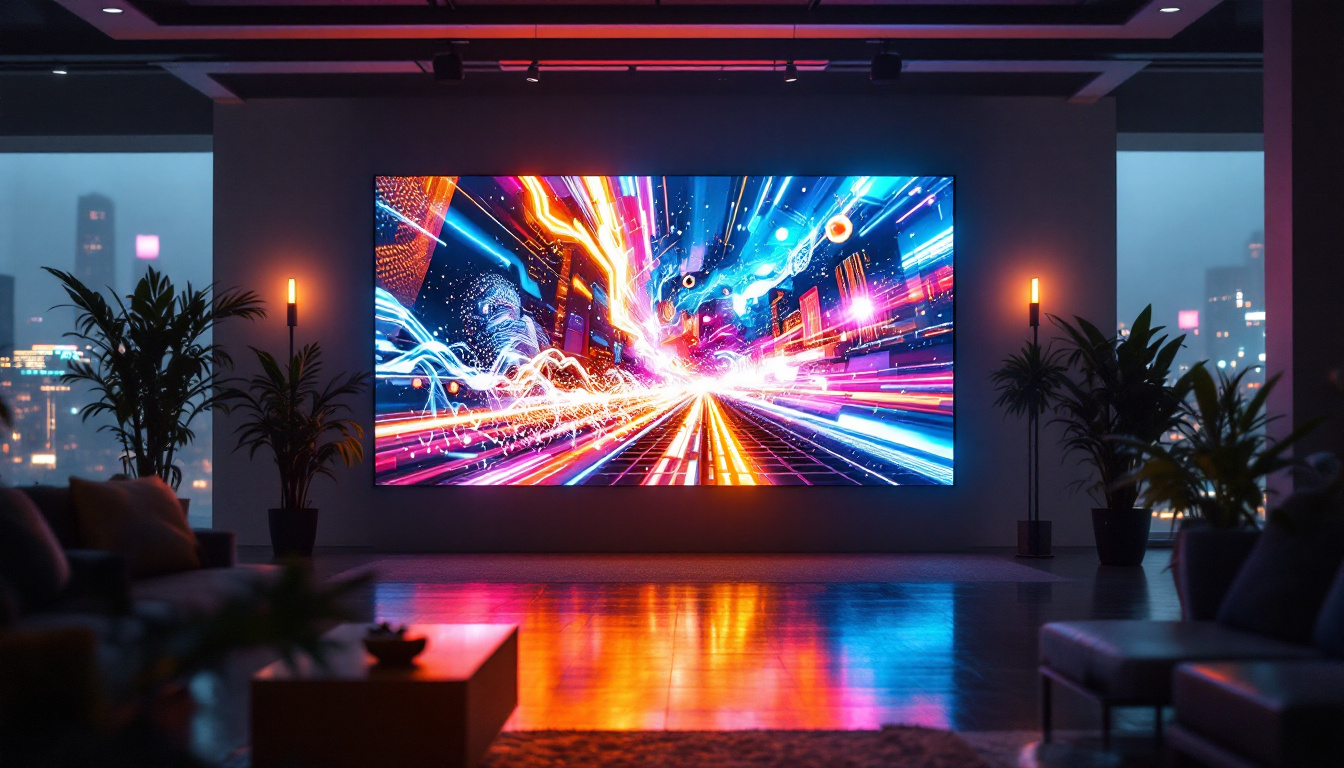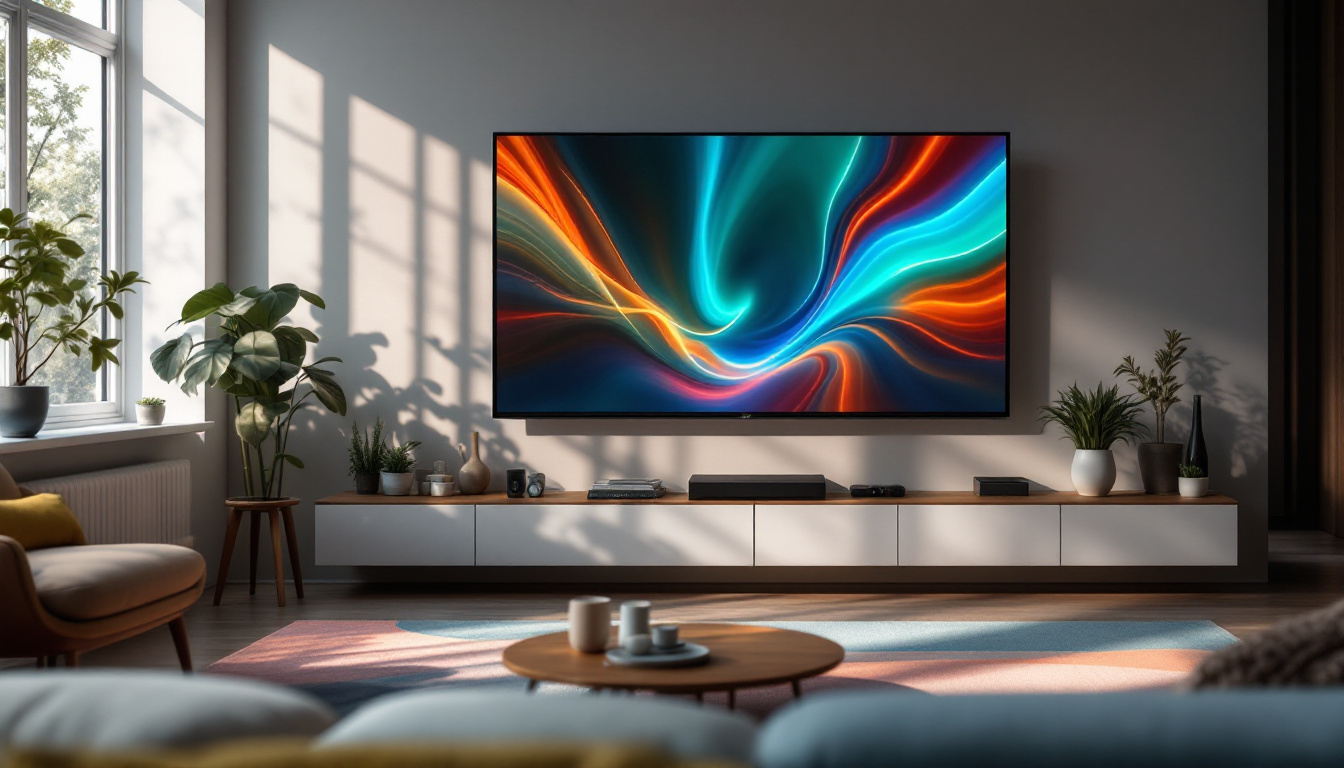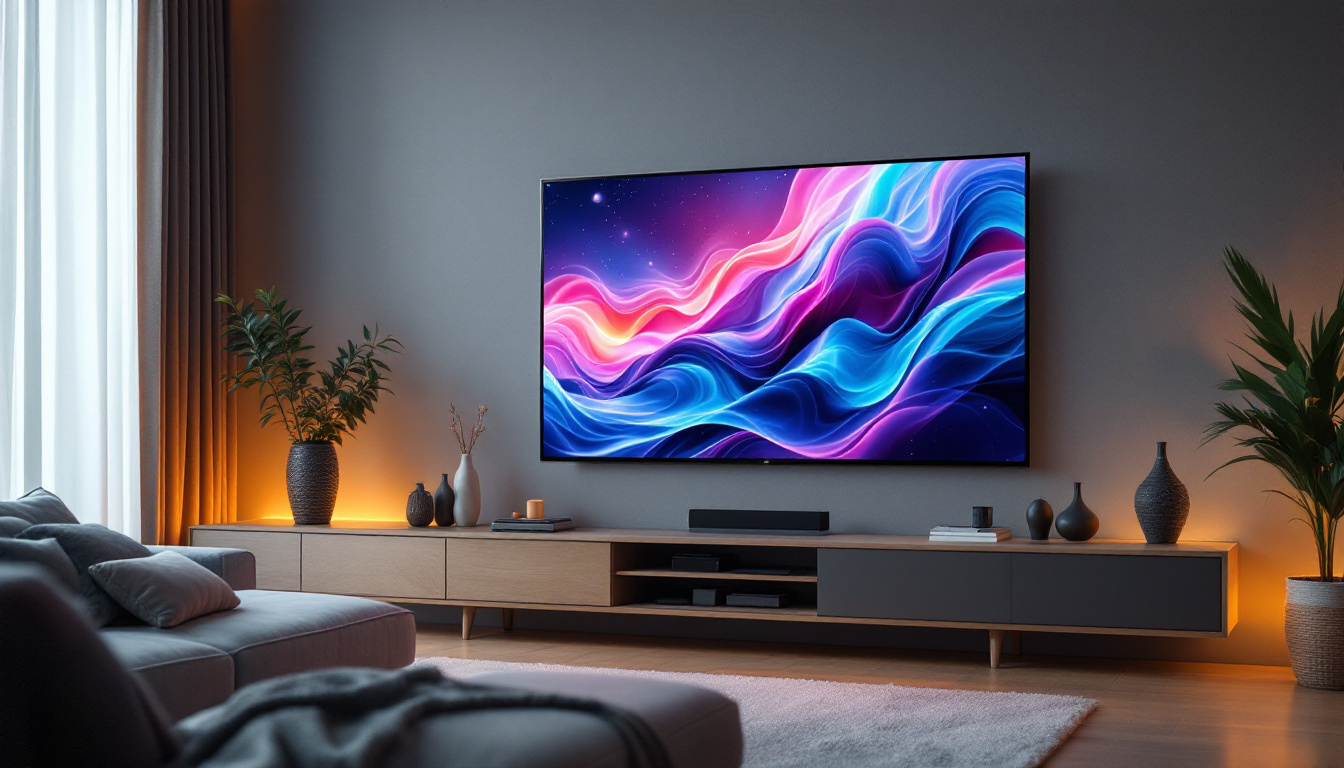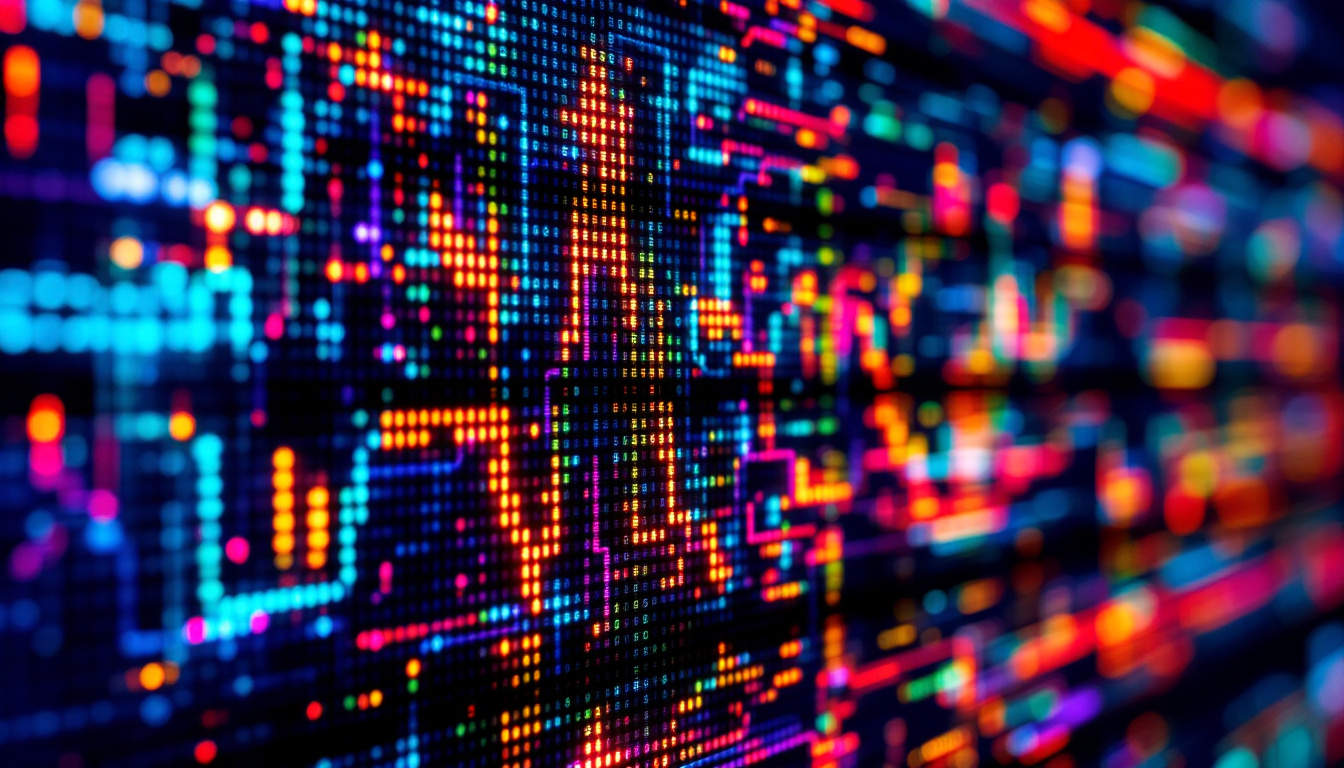In the modern world, touch screen technology has become a ubiquitous part of daily life. From smartphones to interactive kiosks, the demand for intuitive interfaces is ever-growing. One of the most exciting developments in this field is the integration of LED displays with touch screen software. This combination not only enhances user experience but also opens up new avenues for interaction and engagement. This article delves into the intricacies of touch screen software and LED displays, exploring their functionalities, applications, and the technology that powers them.
Understanding Touch Screen Technology
Touch screen technology allows users to interact with a computer interface directly through their fingertips. Unlike traditional input devices such as a mouse or keyboard, touch screens provide a more intuitive and engaging way to navigate digital content. There are several types of touch screen technologies, including resistive, capacitive, and infrared, each with its unique characteristics and applications.
Types of Touch Screens
Resistive touch screens consist of multiple layers that detect pressure applied by a finger or stylus. They are cost-effective and work well in various environments, including those with moisture or dirt. However, they often lack the sensitivity and clarity of other types. This makes them particularly useful in industrial settings or for applications where durability is paramount, such as in kiosks or point-of-sale systems. Despite their limitations in terms of visual quality, resistive screens are still widely used due to their robustness and affordability.
Capacitive touch screens, on the other hand, utilize the electrical properties of the human body to detect touch. This technology offers higher sensitivity and clarity, making it ideal for smartphones and tablets. Capacitive screens also support multi-touch gestures, allowing for a more interactive user experience. The ability to recognize multiple touch points simultaneously has revolutionized how users interact with devices, enabling complex gestures such as pinch-to-zoom and swipe. This has not only enhanced usability but also paved the way for innovative applications in gaming and augmented reality.
Infrared touch screens use a grid of infrared light beams to detect touch. They are highly durable and can be used in various lighting conditions, making them suitable for outdoor applications. However, they can be more expensive compared to resistive and capacitive screens. Infrared technology is particularly advantageous in environments where cleanliness is crucial, as it does not require a physical surface that can harbor bacteria or dirt. This makes infrared touch screens a popular choice for public information displays and interactive exhibits in museums, where both durability and hygiene are essential.
Another emerging technology in the realm of touch screens is the use of optical touch technology, which employs cameras and computer vision to detect touch. This method allows for a larger touch area and can support a wide range of gestures and interactions. Optical touch screens are becoming increasingly popular in large-format displays, such as those used in interactive whiteboards and digital signage. Their ability to track multiple users simultaneously opens up exciting possibilities for collaborative work and interactive learning environments.
The Role of LED Displays
LED displays have revolutionized the way information is presented. With their vibrant colors and high brightness, LED screens are ideal for capturing attention in various settings. When combined with touch screen technology, they create a dynamic interface that enhances user engagement. These displays not only attract viewers but also provide an interactive platform that encourages participation, making them a staple in modern communication strategies.
Advantages of LED Displays
One of the primary advantages of LED displays is their energy efficiency. They consume less power than traditional display technologies, which makes them an environmentally friendly choice. Additionally, LED displays offer superior image quality, with higher contrast ratios and better color reproduction. This clarity is particularly beneficial in outdoor environments, where sunlight can wash out the visibility of other display types. The longevity of LED technology also means reduced maintenance costs, as they typically have a longer lifespan than conventional screens.
Furthermore, LED displays are versatile and can be used in various applications, from advertising to information kiosks. Their ability to display high-definition content makes them particularly appealing for businesses looking to attract customers. In addition to their visual capabilities, many LED displays are designed to be modular, allowing for creative configurations that can adapt to different spaces and requirements. This flexibility opens up opportunities for unique installations, such as large-scale video walls or interactive exhibits at trade shows and events.
Applications of Touch Screen LED Displays
Touch screen LED displays are used in a wide range of applications. In retail environments, they serve as interactive displays that provide customers with product information and promotions. These displays can be programmed to respond to touch gestures, allowing users to explore products in detail, check prices, and even place orders directly from the screen. In the education sector, touch screen LED displays facilitate interactive learning experiences, allowing students to engage with content in a hands-on manner. This interactivity not only enhances comprehension but also fosters collaboration among students, as they can work together on projects using the same display.
Moreover, in the healthcare industry, these displays are used for patient check-in systems and information kiosks, improving the efficiency of service delivery. They can streamline processes by allowing patients to fill out forms digitally, reducing wait times and minimizing paperwork. The hospitality sector also benefits from touch screen LED displays, which enhance guest experiences through interactive menus and information guides. Guests can explore local attractions, make reservations, or even customize their dining experiences, all through an intuitive interface that enhances their stay. As technology continues to evolve, the potential applications for touch screen LED displays are expanding, paving the way for even more innovative uses in various industries.
How Touch Screen Software Works
The effectiveness of touch screen technology largely depends on the software that powers it. Touch screen software interprets user inputs and translates them into actions on the screen. This software must be designed to handle various gestures, including taps, swipes, and pinches, to provide a seamless user experience.
Gesture Recognition
Gesture recognition is a crucial aspect of touch screen software. It involves the identification of specific user actions and translating them into commands. For instance, a single tap might open an application, while a swipe could scroll through content. Developers must ensure that the software can accurately recognize these gestures to avoid frustration and enhance usability.
Advanced touch screen software also incorporates multi-touch capabilities, allowing users to perform complex gestures with multiple fingers. This feature is particularly useful in applications that require zooming or rotating images, providing a more interactive experience.
User Interface Design
The design of the user interface (UI) plays a significant role in the effectiveness of touch screen software. A well-designed UI should be intuitive, allowing users to navigate easily. This includes considering the size of touch targets, the layout of elements, and the overall aesthetic of the application.
Moreover, feedback mechanisms are essential in touch screen software. Visual or auditory feedback can confirm user actions, enhancing the overall experience. For example, a button might change color when pressed, providing immediate confirmation that the action has been recognized.
Integrating Touch Screen Software with LED Displays
The integration of touch screen software with LED displays creates a powerful tool for interaction. This combination allows for the development of applications that are not only visually appealing but also highly functional. Businesses can leverage this technology to create engaging experiences that captivate their audiences.
Creating Interactive Experiences
Interactive experiences are at the forefront of modern technology. Touch screen LED displays can be used to create immersive environments that draw users in. For instance, museums and galleries can utilize these displays to provide interactive exhibits, allowing visitors to learn more about the content in an engaging manner.
In retail, interactive displays can enhance the shopping experience by allowing customers to browse products, check prices, and even make purchases directly from the screen. This not only streamlines the shopping process but also provides valuable data to businesses about customer preferences and behaviors.
Challenges in Integration
Despite the advantages of integrating touch screen software with LED displays, there are challenges to consider. One significant challenge is ensuring compatibility between the software and hardware. Developers must ensure that the software can effectively communicate with the LED display to provide a seamless experience.
Additionally, maintaining performance is crucial. Touch screen applications must be optimized to handle multiple inputs without lag, ensuring that users have a smooth experience. This requires careful planning and testing during the development process.
Future Trends in Touch Screen and LED Technology
The landscape of touch screen and LED technology is continually evolving. As advancements in technology emerge, new possibilities for interaction and engagement will arise. Several trends are shaping the future of this field.
Augmented Reality (AR) Integration
One of the most exciting trends is the integration of augmented reality (AR) with touch screen LED displays. AR technology overlays digital information onto the real world, creating immersive experiences. For instance, in retail, customers could use touch screen displays to visualize how furniture would look in their homes before making a purchase.
This integration not only enhances the shopping experience but also provides businesses with innovative ways to showcase their products. As AR technology continues to advance, its applications in touch screen environments will likely expand, offering even more engaging experiences.
Advancements in Touch Sensitivity
Another trend to watch is the advancement in touch sensitivity. Future touch screens may utilize advanced materials that allow for even greater sensitivity and precision. This could lead to more nuanced interactions, enabling users to perform complex tasks with ease.
Moreover, the development of haptic feedback technology will enhance the tactile experience of touch screens. Users could receive physical feedback when interacting with virtual elements, making the experience more immersive and realistic.
Conclusion
Touch screen software and LED displays represent a significant leap forward in technology, offering innovative ways to interact with digital content. As these technologies continue to evolve, they will shape the future of user interfaces, creating more engaging and immersive experiences across various sectors.
Understanding the intricacies of touch screen technology, the role of LED displays, and the software that powers them is essential for businesses looking to leverage these tools effectively. By staying informed about emerging trends and advancements, organizations can position themselves at the forefront of this dynamic field, enhancing user engagement and driving success.
Discover LumenMatrix’s Innovative LED Display Solutions
Ready to elevate your user interface with the latest in touch screen and LED display technology? LumenMatrix is at the forefront of creating immersive visual experiences that captivate and engage. From Indoor and Outdoor LED Wall Displays to specialized solutions like Vehicle, Sports, and Floor LED Displays, our products are designed to revolutionize visual communication. Embrace the future with our Custom, All-in-One, and Transparent LED Displays, and see how our cutting-edge solutions can transform your business. Check out LumenMatrix LED Display Solutions today and step into a world of unparalleled clarity and impact.


